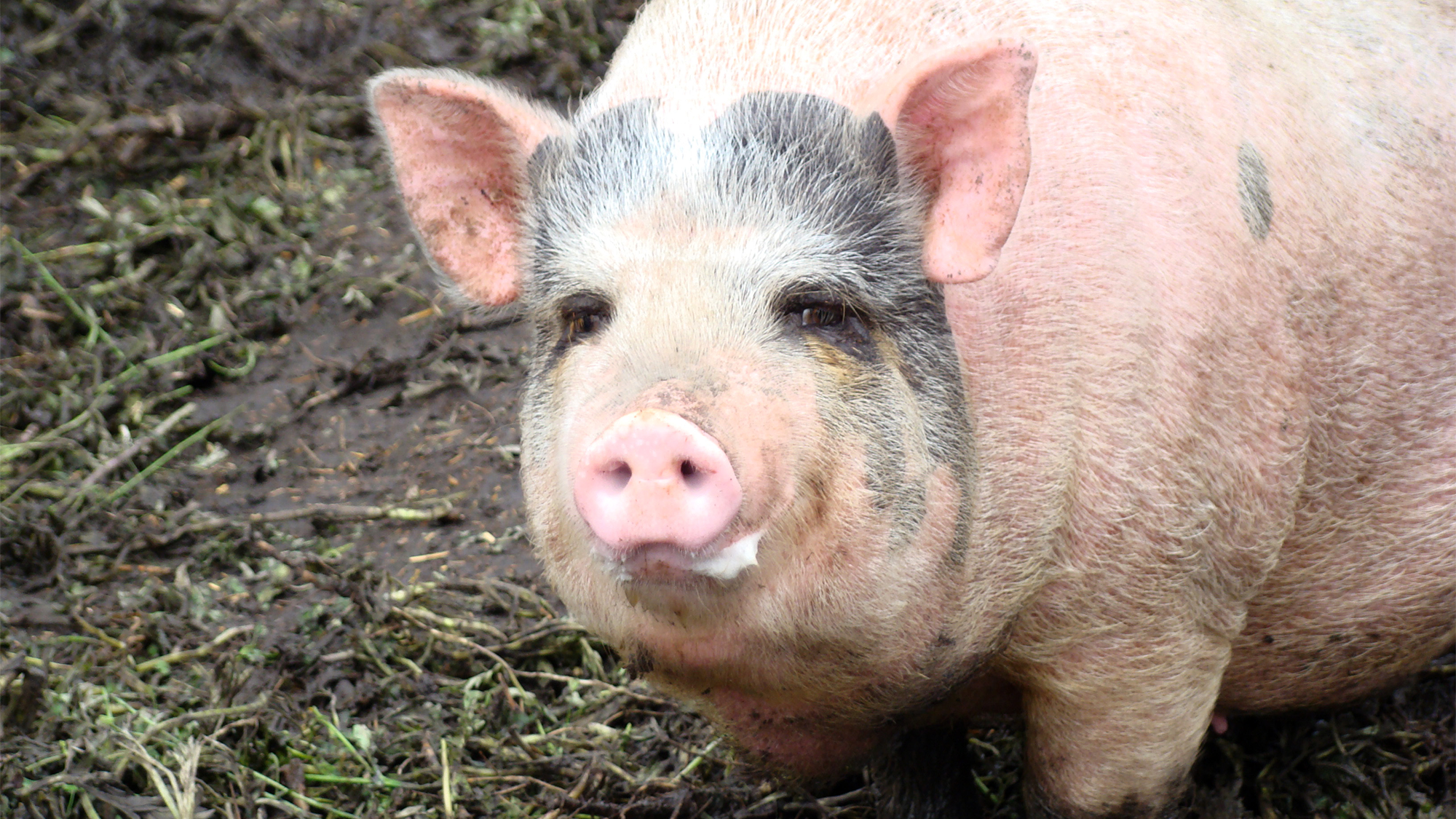

Apparently, pigs sometimes struggle with erectile dysfunction (ED), not unlike the 30 million men in the United States affected by ED. But, science may be coming to the rescue for both of these populations. A team of scientists have developed a synthetic tissue that can not only repair penile injuries in pigs, but also restores normal erectile function.
A study published January 4 in the journal Matter explains how the artificial tunica albuginea (ATA) works by mimicking a fibrous sheath of tissue that is necessary to maintain an erection.
[Related: Unraveling the mystery of eel sex.]
“We largely foresaw the problems and results of the ATA construction process, but we were still surprised by the results in the animal experiments, where the penis regained normal erection immediately after the use of ATA,” said Xuetao Shi, a researcher at the South China University of Technology in Guangzhou, China, and an author of the study, in a statement.
This process shows some promise in repairing penile injuries in humans one day. ATA mimics the microstructure found in the natural tissue and it can even be extended into other load bearing tissues.
According to the Boston University School of Medicine, the combined prevalence of moderate to complete ED rises from approximately 22 percent at age 40 to 49 percent by age 70. Approximately 1 out of 100 men in the United States also suffer from Peyronie’s disease, where scar tissue forms in the tunica albuginea, which can cause pain, a curve in the penis, and other side effects.
Recently, the the team began to focus their research into producing biomaterials that can address these and other issues in male reproductive health.
“We noticed that this is an area that has received little attention, yet the related need is huge,” said Shi. According to Shi, many previous studies have focused on repairing the urethra, with less research focused on restoring erectile function.
It is possible for clinicians to use patches made from other tissues to treat patients with damaged tunica albuginea. However, the immune system can sometimes reject these skin patches and other complications can arise since the patches don’t perfectly replace the natural tissue.
Shi and the team developed ATA based on polyvinyl alcohol, which is used to make water soluble materials, with a curled fiber structure that is similar to the natural tissue and biomechanical properties in the tunica albuginea. Experiments in the lab determined that ATA also shouldn’t be harmful to other tissues after testing its toxicity and blood compatibility.
[Related: How Does A Penis Transplant Work?]
The team then tested the ATA in Bama miniature pigs that had injuries to the tunica albuginea. They found that the patches constructed from the artificial tissue restored erectile function such that it was similar to that of normal penile tissue. The results suggest that these lab-made patches can successfully replace the natural tissues’ function.
They analyzed the effect of the ATA patches after one month and found that while the synthetic tissue didn’t restore the microstructure of the natural tissue surrounding it, it developed fibrosis comparable to that in normal tissue and achieved a normal erection after the penis was injected with saline.
“The results one month after the procedure showed that the ATA group achieved good, though not perfect, repair results,” said Shi.
In penile injuries, the tunica albuginea is usually not the only tissue damaged, according to Shi. The surrounding nerves and the spongy tissue that runs through the penis’ shaft called the corpus cavernosum, are often damaged as well, which makes repairs more difficult. The results are promising, but this research is still in its early stages and more work is needed before human testing can begin.
“Our work at this stage focuses on the repair of a single tissue in the penis, and the next stage will be to consider the repair of the overall penile defect or the construction of an artificial penis from a holistic perspective,” said Shi.
